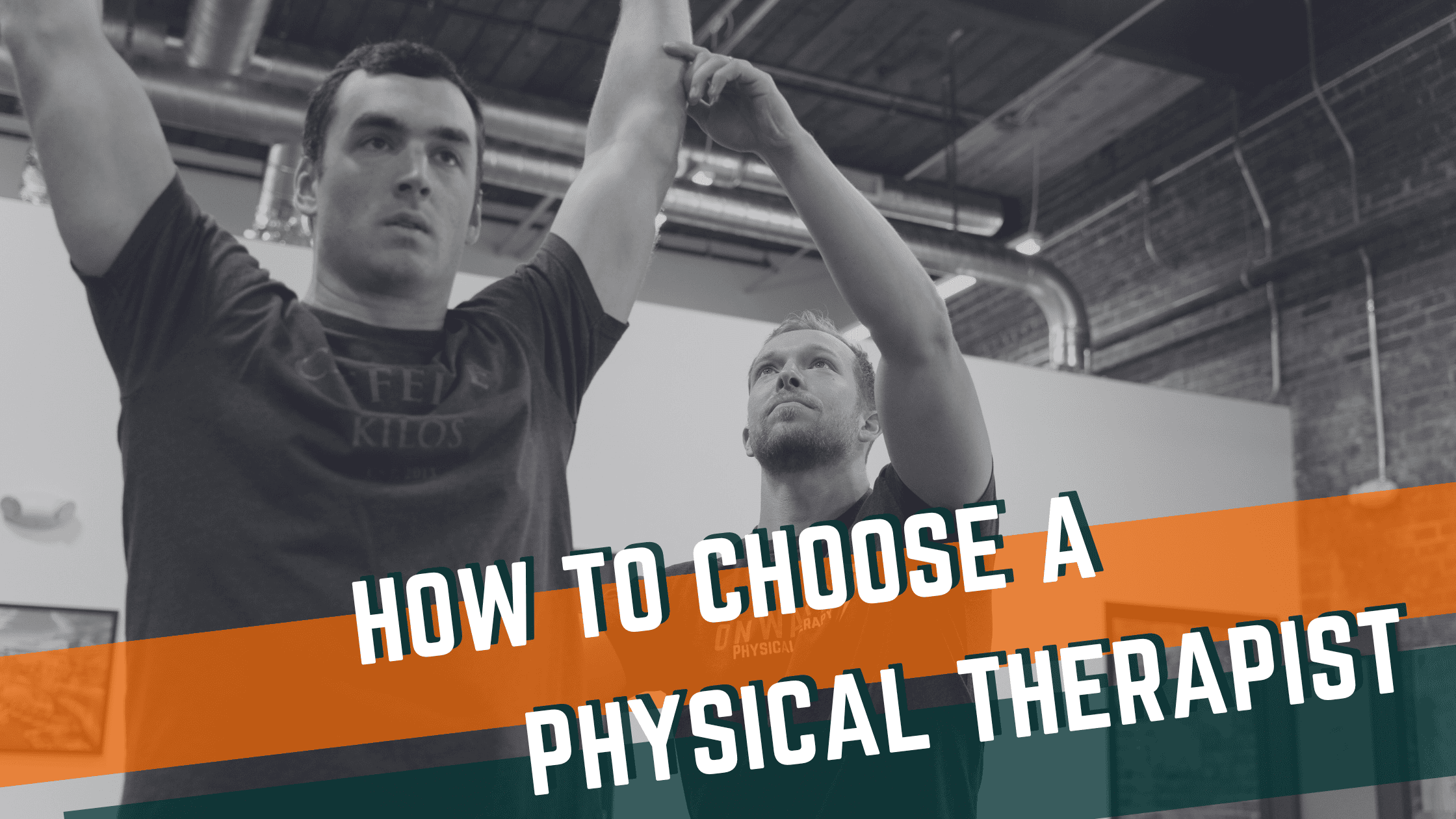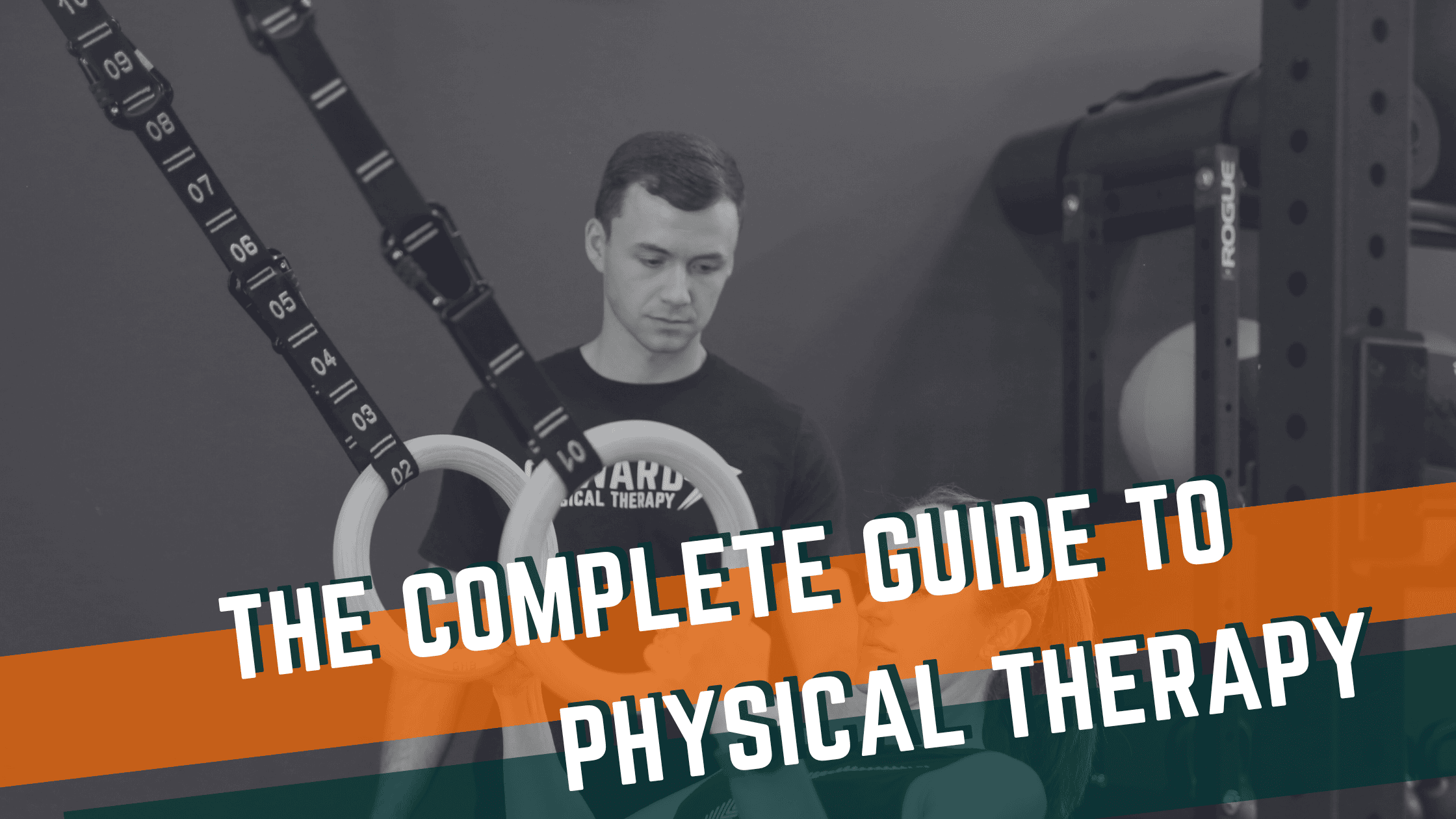
Maybe you wake first thing in the morning feeling the soreness radiating after a night of grinding your teeth, or maybe it doesn’t strike until mid-day after you’ve been sitting at your desk all morning. You notice the pain inching from your jaw throughout your face or neck as it slowly robs you of the rest of your afternoon. From talking, laughing, chewing, or yawning, jaw pain can significantly impact your quality of life.
If you’ve been suffering from TMJ pain, you know how much this can affect these basic joys every single day. At Onward Physical Therapy, our team specializes in helping individuals suffering from TMJ pain and subsequent headaches get their life back.
Our Favorite TMJ Pain Relief Exercises
Cervical Retraction
Not only does this exercise help decrease excessive muscle tone and tension in the neck, it actually reduces pressure on the jaw. Performing this repeatedly can often help rapidly reduce your TMJ pain.
Cervical Nodding
This exercise is different than the exercise above because we are targeting the uppermost joint in the neck, the one that connects our neck to our skull. This joint performs the nodding motion. It can oftentimes become stiff, thus leading to reduced motion in the neck and jaw. Studies have shown that mobilizing this joint actually leads to an increased range of motion during mouth opening.
Wall Angel
The upper back (aka thoracic spine) can also be incredibly important in jaw pain relief. When stiff, the upper back places more stress on the neck and jaw because it doesn’t allow you to maintain a relaxed, neutral posture at rest. Wall angels are a great place to start getting this area moving!
TMJ Self-Mobilization
This is a simple but easy way to start decreasing your TMJ pain. This is a great option to improve range of motion on the painful side of the jaw (or both sides if they are equally troublesome).
Jaw Depression Isometric
The muscles that usually cause tension and contribute to TMJ pain are the ones that close the jaw. We can decrease this tension by using a technique called reciprocal inhibition. This is basically activating the muscles that do the opposite motion. Start with 10-second holds at a light muscle contraction and repeat 3-5 times.
Ready to get serious about finally getting rid of your nagging TMJ pain? Schedule an appointment today!
Recent Articles
Why Early Intervention Physical Therapy Accelerates Your Recovery

What to Expect at Your First Physical Therapy Session?

How to Choose a Physical Therapist

The Top 5 Misconceptions About Physical Therapy

The Complete Guide to Physical Therapy

